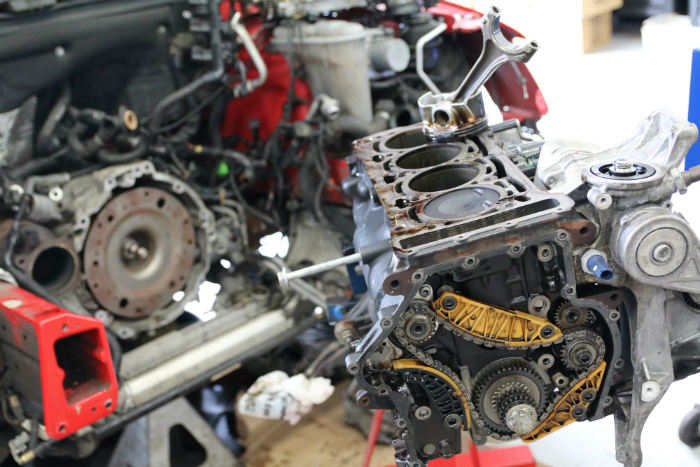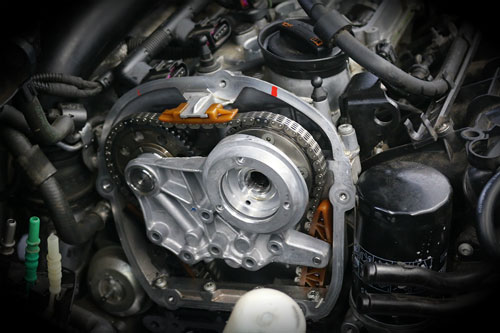Posted on 14 September 2018

The piston rings, on the 2.0 and 1.8 TFSI engines pre-dating 2012 (majority of the reports being from the 2.0), let little oil seep through to the cylinders. Once there, they result in high oil consumption due to burning. As the driver, this issue will come to your attention by way of the ‘add one litre of oil’ notification. If and when this does happen, we recommend that you add a litre of the right grade oil as soon as possible, though you don’t need to stop the vehicle as soon as you see it. If left unattended, this problem will exacerbate. Thick smoke from acceleration, damage to the cylinders, etc. To get out ahead of the problem as an owner of a 2008–2012 2.0 or 1.8 TFSI engine, we suggest that you fill your oil to maximum capacity and then proceed to reset the odometer. The way you will know whether or not you’re affected by this problem will be the ‘add one litre of oil’ notification after having driven your Audi less than 1,200 m ... read more
Posted on 24 July 2017

Your Audi is a big, powerfully engineered investment. Such an investment needs to be vigilantly protected, and below are a couple of helpful articles we've published that will arm you with valuable knowledge that should help prevent costly repairs, extend your Audi's lifespan, and keep it in peak condition. 1. Carbon build up on Audi Engines Affecting Your Audi Fuel Economy & Audi Engine Performance Carbon build up in your Audi is an inevitability because over time carbon deposits will build up on the intake valves. This then leads to reduced performance & fuel economy by your Audi engine, which you can read about in more depth in this article. And when you drive Audi, the last thing you want is reduced performance & increase in money you have ... read more
Posted on 27 June 2017

As we discussed in an earlier post, the Volkswagen Audi 2.0 TSI engines from 2008-2012 with engine code CCTA, CBFA, CAEB and CPMA originally came with an inferior chain tensioner. The aforementioned article discusses what the failure of this component entails and our recommended actions in order to avoid potential catastrophic engine failure that could cost you thousands of dollars. In this article, we'll narrow our focus onto one of the persistent problems often associated with these TSI engine issues and discuss a specific part: the cam bridge. What a cam bridge is The cam bridge's relationship to the camshafts is that it's accountable for dispensing oil lubrication to them. Inside the cam bridge lies a very small aperture with a component, the purpose of which is to regulate oil pressure to the cam shafts. The screen in quest ... read more